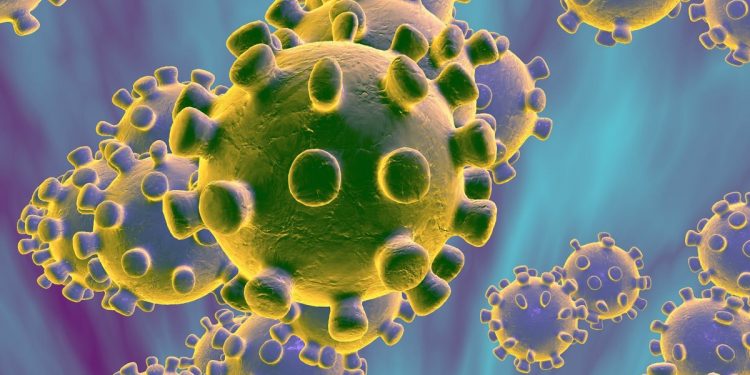Military officials and their civilian counterparts are learning together how to combat the coronavirus, Defense Department officials said today.
DOD has an advantage it is sharing with civilian agencies in that the Defense Department has been doing pandemic planning for more than 20 years, said Robert G. Salesses, the deputy assistant secretary of defense for homeland defense.
In addition, DOD conducts rigorous after-action reviews of real-world operations and situations, such as the ones against severe acute respiratory syndrome — SARS — first discovered in 2003. DOD also examined the response to the Ebola outbreak in West Africa in 2014.
Defense Secretary Dr. Mark T. Esper’s priorities are the protection of service members, their families, and the DOD workforce — and to safeguard DOD mission capabilities or readiness. Additionally, the department must continue to work in support of partners, Salesses said.
DOD also has to contemplate logistics support inside and outside the department.
Air Force Brig. Gen. (Dr.) Paul Friedrichs, the Joint Staff Surgeon, said the process started in mid- to late-January. “There’s still a lot that we’re learning,” he said.
First reports called the virus “novel coronavirus” meaning new virus. As the department has learned more it put out guidance on health protection. Friedrichs stressed that everything DOD has put out has been aligned with and derived from the guidance that the Centers for Disease Control and Prevention has put out.
But DOD does adapt the CDC guidance. “Our policy has to cover the soldier in Africa as much as it does the sailor who’s on a ship somewhere in the Pacific, or the family member or retiree who’s here in the continental United States,” Friedrichs said. “So, we start with whatever the federal guidance is, and then we add additional guidance to help clarify what the standards are and how we’re going to minimize the risk of force across the world.”
DOD provides the broad guidance and then encourages geographic combatant commanders to provide additional guidance specific to where they are located.
The department has also been involved in discussions about medical countermeasures and vaccines. “For years, [we] have had a very robust research and development program looking at viral illnesses,” Friedrichs said. “Our labs have been working on vaccines, and we are partnering with [Health and Human Services] and CDC on developing vaccine candidates.”
The department also has international connections, and research benefits from regular discussions with allies and partners.
So far, few DOD personnel have been affected. Medical officials said the elderly and people with compromised immune systems are most at risk.
Most service members are under 30 and healthy, but they shouldn’t breathe a sigh of relief. “We’re still learning which groups are at most risk,” Friedrich said.











